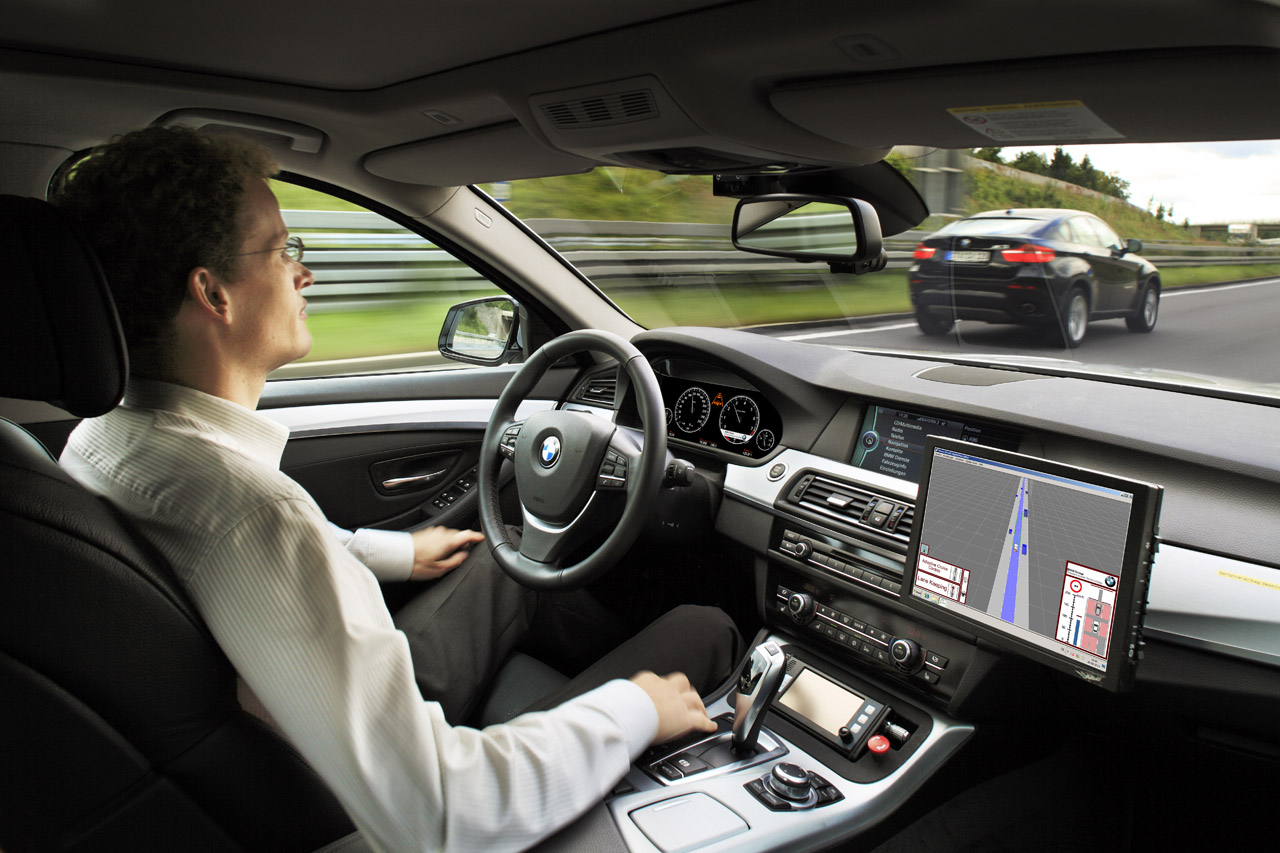Roads in the north east, such as the A19, have been declared some of the nation’s “accident blackspots”. Whilst MPs cite both the design of the A19 and the number of vehicles which use it as the primary cause, it is all the more likely that the drivers themselves are the biggest problem. According to the US Department of Transportation, human error is the cause of 94% of road accidents, whether as a result of falling asleep at the wheel, poor decision making or being distracted.
It would stand to reason, then, that safety training would be the best way to reduce the rate of incidents here or anywhere; whether you’re a new driver or in charge of a fleet of commercial vehicles, learning best practice on the roads is essential.
Technology has provided additional methods of road safety, from behaviour monitoring and apps, to the more newsworthy advances in driverless cars. So is driver training enough to reduce accident statistics, or does there need to be further intervention?
Driver awareness: classrooms vs computers
Mention driver awareness and road safety training, and most people’s first thought will be of the mandatory courses for road offenders. According to the BBC the number of people taking these courses to avoid receiving penalty points on their license is rising year on year. However, there are few-if-any studies which show whether driver awareness courses have a positive effect on behaviour.
Driver training has far more demonstrable effects in the commercial sphere; of course, rather than taking courses for on-road transgressions they have already committed, professional van and lorry drivers are being monitored for the sake of top brass. Even if it may take motorists some getting used to, driver behaviour monitoring does seem like a good idea—software can algorithmically track bad driving habits, which can cut down on fuel wastage and alert head office to dangerous driving. While it is difficult to determine how this would work for civilian drivers, there are similar technological measures being taken to make our roads safer.
Built-in road safety—a soon-to-be standard feature?
In-vehicle safety kits are becoming increasingly common in cars, and according to WhatCar, certain features could “prevent 122,860 casualties in the UK over the next 10 years”. Automatic emergency braking (AEB), for example, has existed in some form since 2005, but in its current and most refined guise has been described as “probably the most significant development in car safety since the seatbelt”. AEB systems work by employing a range of sensors and cameras to detect the distance between your car and the vehicle in front, or provide a panoramic view of the outside of your vehicle to ensure a reduced chance of collision. It then triggers an alarm to alert the driver that the car will automatically slow down to prevent a potential crash.
WhatCar also noted that technology such as automatic blindspot detection—which works similarly to AEB—provides “a 23% reduction in the number of lane-change crashes resulting in injuries”. Whilst these technologies seem like the stuff of the future, AEB has, in particular, become a standard feature on a number of vehicles, with both Land Rover and Volvo rolling it out across the board, and Mercedes Benz including it on 88% of their models.
Couldn’t we just take drivers out of the equation altogether?
Of course, the most famous of all the recent advances in vehicle technology is the driverless (or autonomous) car. Investment in the technology has poured in from governments across the world, with major manufacturers like Mercedes, BMW and Lexus developing their own models. When it comes to driver-free roads, many in the tech industry are “positivists” about the future, particularly where emissions and safety are concerned.
However, after many tests conducted on the long empty highways of America, the initial attempts to bring autonomous vehicles to the country’s main roads are still being operated with a backup driver, just in case. There have still been a number of injuries and fatalities during this initial rollout phase, and it stands to reason that just 42% of British motorists feel that self-driving cars will make the roads safer.
Whilst there are plenty of methods by which driver safety can be improved, it would seem that combining improved security features in vehicles with a more thorough driver training program will be the best course of action to making roads safer.











